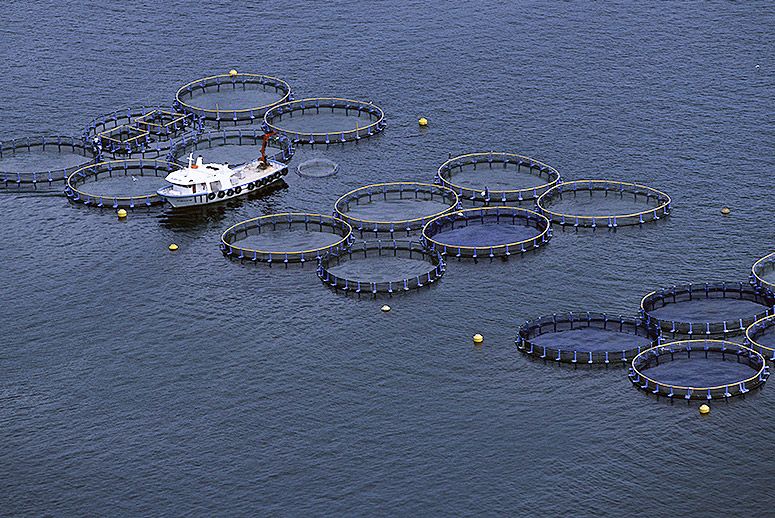The first-ever federal regulations for large-scale fish farming in the ocean were recently issued, opening a new frontier in the harvesting of popular seafood species such as red drum, tuna and red snapper.
The new rules allow the farming of fish in federal waters of the Gulf of Mexico. The rules were announced in New Orleans by the National Oceanic and Atmospheric Administration.
NOAA Administrator Kathryn Sullivan said the Gulf rules could spur similar rules in other U.S. waters. She said it was time for the United States to open up this new market, which could help the U.S. meet its seafood demands.
Fish farming, however, is contentious, with fishermen and environmentalists warning it can harm the marine environment and put fishermen out of work. Opponents maintain that the Gulf of Mexico has changed significantly, with the effects on fisheries, habitat and communities from hurricanes such as Katrina in 2005, and the 2010 oil spill, all still emerging.
Opponents also contend industrial, open-ocean aquaculture can be environmentally damaging. Problems include the release of untreated waste, increased risks of diseases and parasites in wild fish by transmission from farmed fish and escapes of farmed fish altering wild populations. Furthermore, cages used to contain fish are flow-through, meaning anything from the pens can go directly into Gulf waters, including excess feed, fish wastes, and any chemicals.
Typically, offshore farming is done by breeding fish in large semi-submersible pens moored to the seafloor. The practice is common in many parts of the world, and some feel the United States has fallen behind. About 90 percent of the seafood consumed in the United States is imported and more than half of that is farmed.
The new rules allow up to 20 fish farms to open in the Gulf and produce 64 million pounds of fish a year. The farms can start applying for 10-year permits starting in February.
Sullivan said the fish farms would be kept away from sensitive habitats and fishermen would be allowed to fish near them. She envisioned little competition between the farms and fishermen.
More information is available here.
